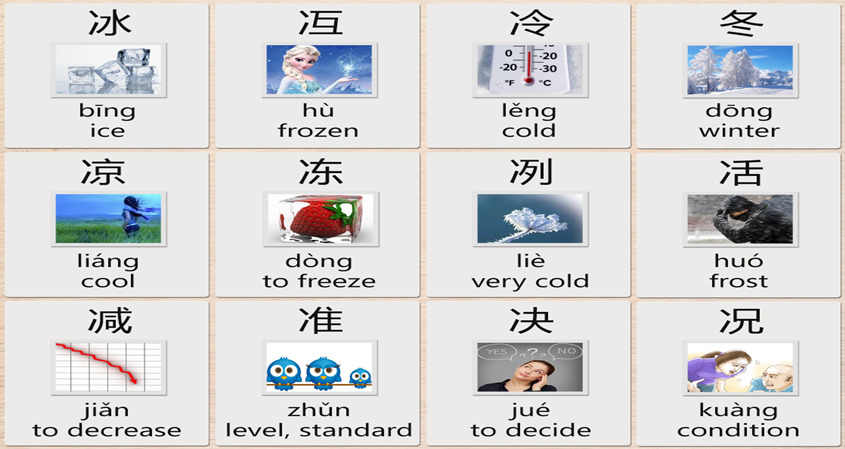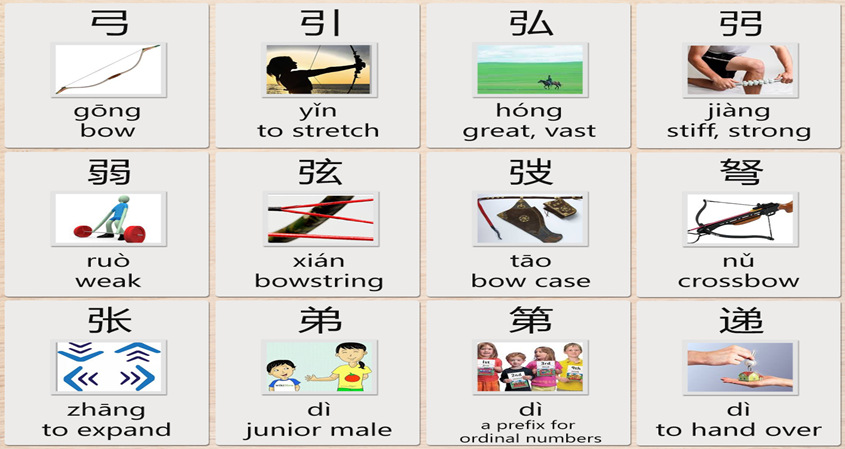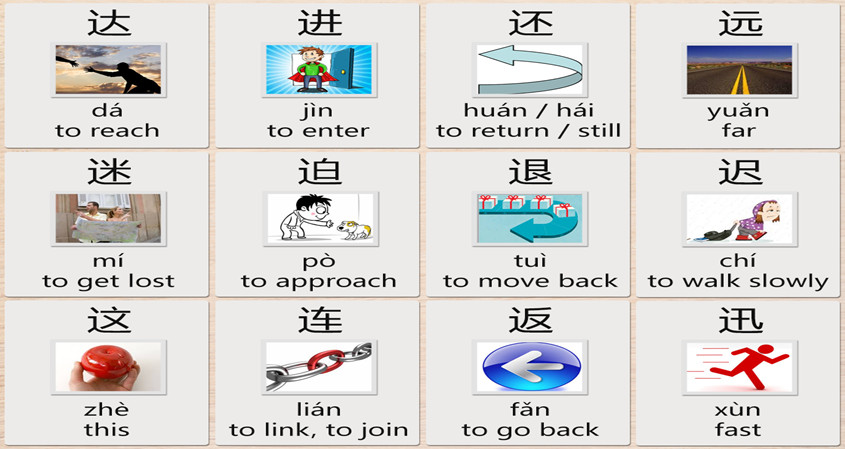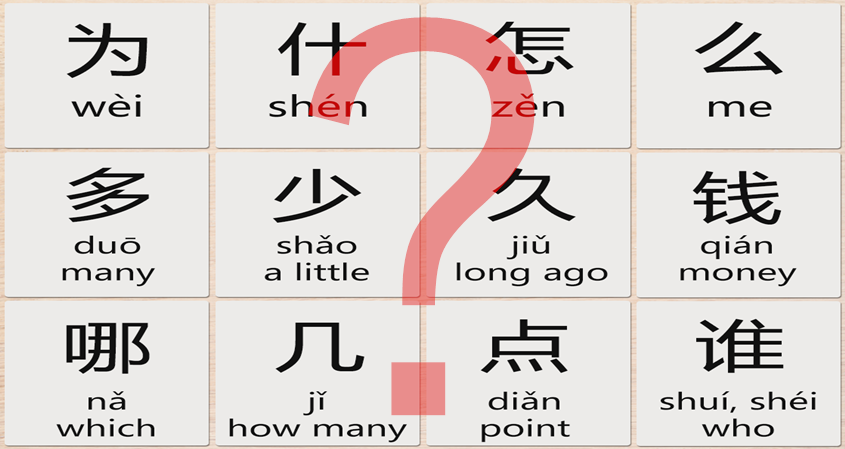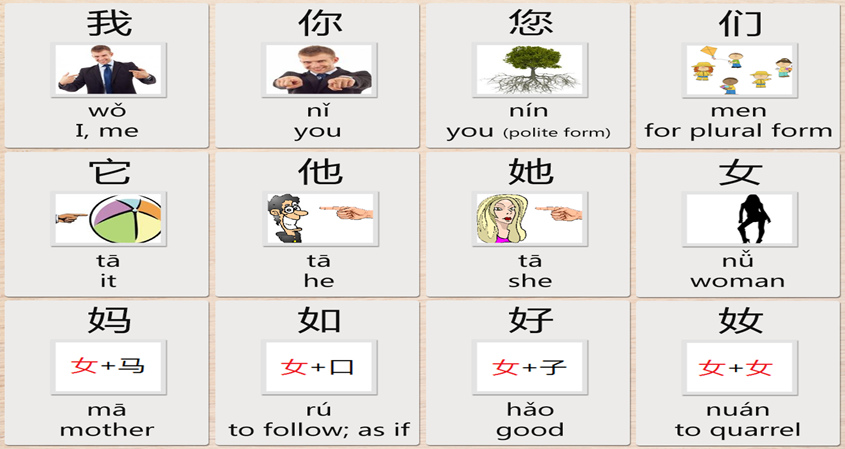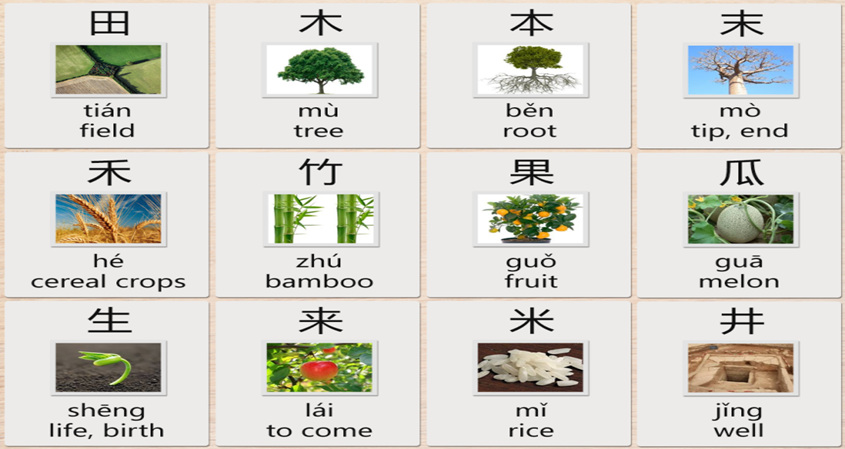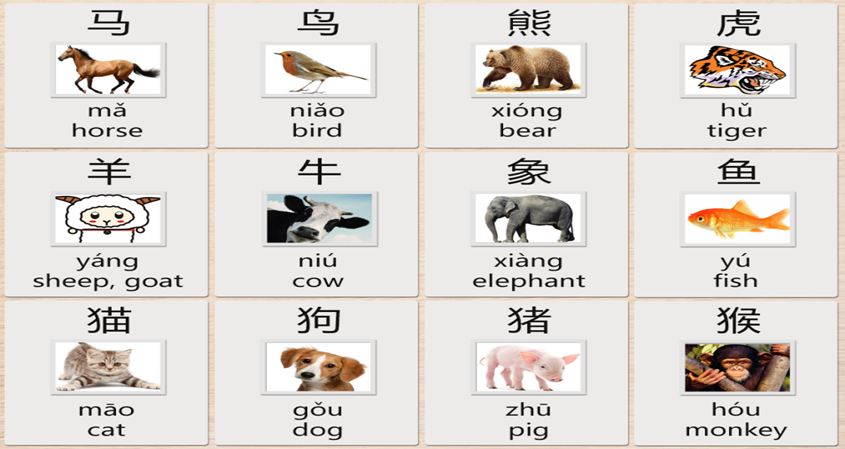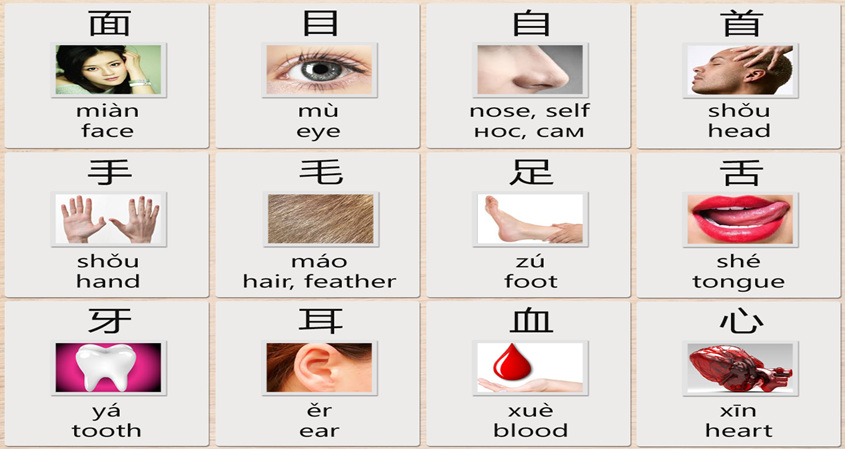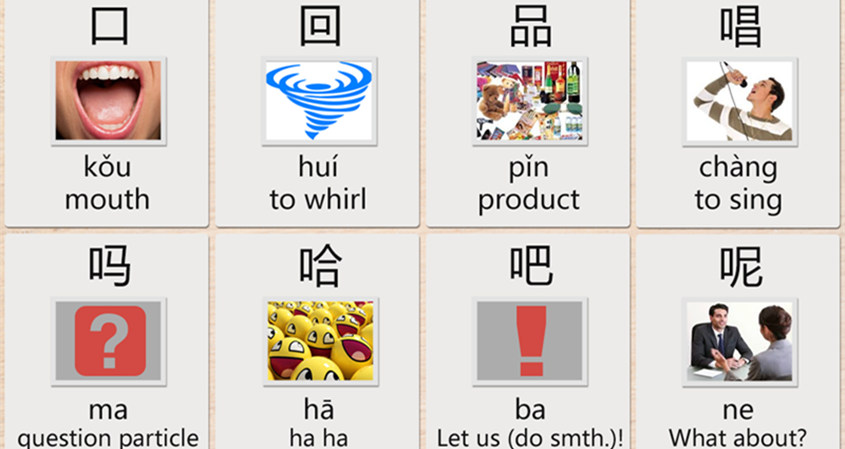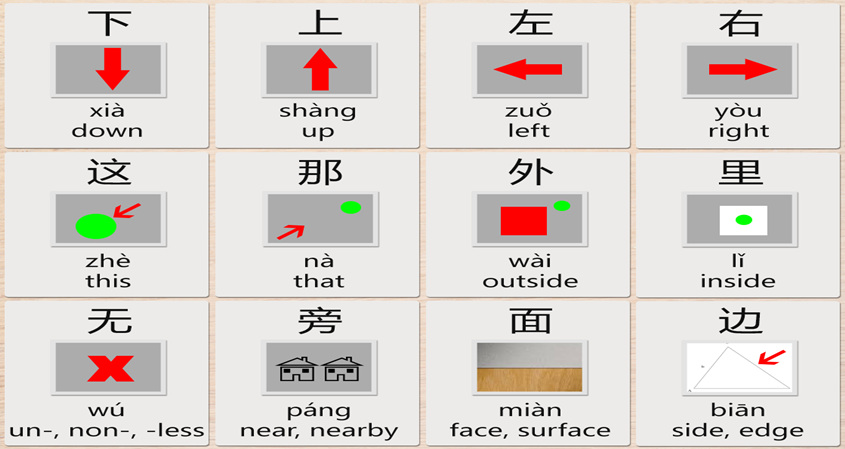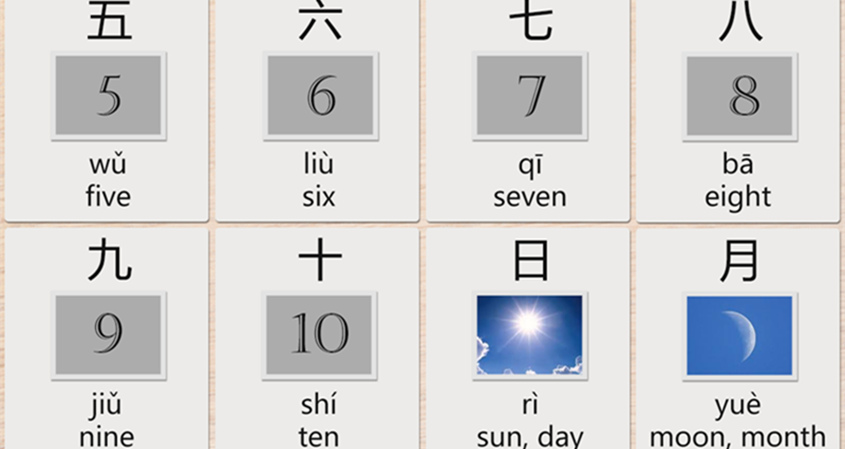Recognizing Chinese Characters by Categories
Start building your vocabulary of Chinese characters with a continuous and vivid approach that is both fun and easy. In this channel, you will learn to recognize characters/vocabulary with vivid illustrated flashcards. Understanding more than 70% of Chinese Characters can easily allow you to read at an intermediate to advanced level. Simultaneously, these posts will share useful insights into Chinese language and culture. Instead of spending a vast amount of time taking notes, exploring, and summarizing yourself, this channel will do the preparation for you. Follow this channel in order to:
- be able to talk about the most common things in your everyday life.
- understand how to make vocabulary trees so that you can organize and summarize your knowledge.
- read and write at an intermediate-advanced level in your free time.
- learn in an entertaining, easy and logical way with many other Dig students.
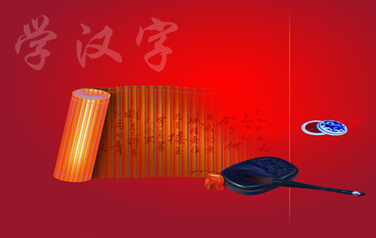
This channel was created by Oxana a featured writer at Dig Mandarin, as well as a popular blogger. She has great passion for teaching Chinese, and is very creative in her ability to share Chinese characters with learners in a very vivid way. Let’s let her introduce herself!
THE WORDS OF AUTHOR
Hi! My name is Oxana. I have been learning Mandarin Chinese for almost 5 years. I take regular one-on-one classes with professional teachers who are native speakers of Mandarin Chinese. By now I can understand what Chinese people are saying to me and express myself rather fluently, as well as use several Chinese idioms. If I’m speaking well, I might hear: 你的汉语真不错啊! – Nǐ de hàn yǔ zhēn bú cuò a! – Ah, your Chinese is not bad! or 你的发音很好。- Nǐ de fǎ yīn hěn hǎo. – Your pronunciation is good. However, I have a big problem which I suppose might be typical for many Chinese learners: my kouyu (speaking skills) and tingli (listening skills) are far more developed than my writing and reading skills. Most of the time, although I know how to say several a character, I have to use a dictionary to make sure I wrote the proper character. This has brought me to the conclusion that I made a big mistake at the very beginning of my Mandarin language journey: I neglected expanding that knowledge. I underestimated its importance and focused on just learning how to say a single word for something. Later on, I decided I absolutely needed to learn how to read Chinese characters, and now can recognize many hanzi and type them on a computer using the pinyin input. However, I still feel quite helpless if individual familiar Chinese characters construct a larger word I don’t know. So, it is now time for me to work on this! As I go, I’ll create flashcards on a regular basis and share my findings and tips with you. – Oksana Ermolaeva

